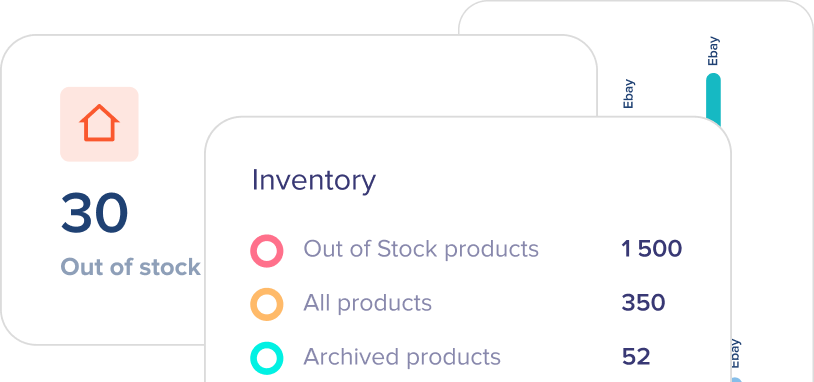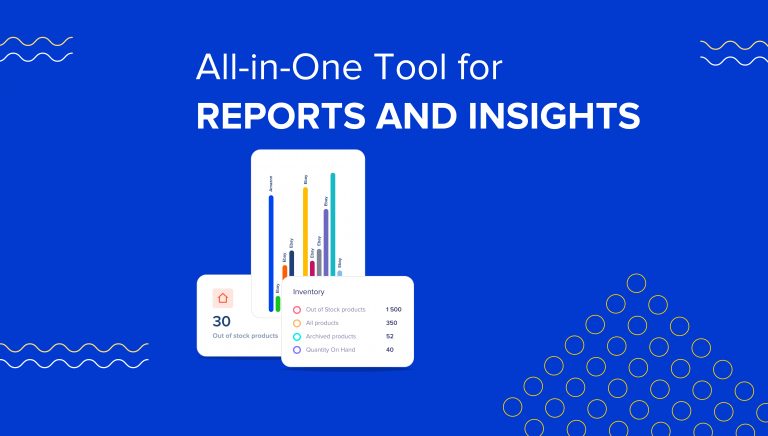You have probably heard the abbreviation ROI. But have you ever thought about what it means? This article will look through ROI, how it is calculated, and why it is significant in any business and investment.

What is ROI?
The abbreviation ROI means Return on Investment (also known as residual income). This means that it indicates your profit from your previous investment, which is usually money or time. In other words, ROI is a performance indicator. It helps you know if your decisions are headed in the right direction. If the metric is positive, you have had income from your investment. If it is negative, you might consider changing your strategy because you are losing money.
Not all industries define “successful ROI” in the same metrics. For some industries, it can be even 8%. For others, if the return on investment is less than double digits, it is time to reevaluate your investment strategies.
Why is it important?
- Helps with decision making
Every decision you make in a business must pay off in one way or another. Calculating the ROI of every planned purchase is a great way to estimate the need for a specific purchase and is nearly a must for every business. If the ROI is low, you might consider alternatives to the planned investment.
- Evaluate performance metrics
What makes ROI so crucial is that it allows you to see the performance of each of your investments. If you invest in human resources and hire new people, ROI will show you their added value in its overall performance. In the case of investing in machinery, it lets you see how much you will profit from each new machinery item you purchase.
- Connect to your business
If you manage a project as a team leader, you might find benefits from ROI also from a motivational perspective. Calculating ROI can be a great tool to keep your employees tighter connected to their business. Sometimes people working on different projects forget why they do certain tasks, making them highly demotivated. So, the metric is a great visual and factual representative and motivator towards your work. It builds respect toward team efforts and increases employee dedication. In other words, return on investment shows the team what exactly they are working on getting.
Formula
ROI = Profit / Investment x 100%
Or more simply:
ROI = How much you profited / how much you invested x 100%.
To put this in numbers, suppose you have invested in a real estate purchase 150.000$. After purchasing, you were able to sell it for 170.000$. To identify your ROI, you will need to identify your profit, which in this case is 170.000 – 150.000 leaving us with 20.000$. So, the calculations will be as follows:
PROFIT = Total Revenue – Investment = 170.000$ – 150.000$ = 20.000$
ROI = 20.000$ / 150.000$ x 100 = 13.3%
If the result is negative, you lose money. If it’s not, your investment pays off with some income for you. In other words, the higher your return on investment, the more money you will earn.
Key disadvantage
While it is a must to implement this metric calculation in your business, there is one considerable downside to it. The metric disregards the time factor. It does not account for the time period that your investment will become a profit. Here is what that means.
If you have two investments with the same ROI, that does not always mean they are to provide you the desired income simultaneously. For instance, suppose you are offered two investment opportunities with an equal ROI of 45 percent. However, while the first investment is estimated to deliver the profit in 3 years, the second is to bring profit in the next 5-6 years. This might decrease your interest in the second investment. So it would be best to always consider the factor of time before investing.
To avoid this misconception, try calculating your annual ROI. How? Glad you asked!
Annualized ROI = [(Total Revenue / Investment) x (1 / Number of years)] – 1
Where the:
Number of years = (Ending date – Starting Date) / 365
How to use ROI?
Finally, how do we use it, and where exactly should we implement it in our business decisions? The answer is; in every investment you make. The majority of your purchases have to have a return on investment; they need to impact your business and bring more profit. Let’s see some examples below.
Investing in new tools
If you want to purchase new tools or machines for your business, but are unsure whether they are worth it or not, consider calculating the new purchase ROI. You know that purchasing new tools will make your company’s work faster and make you earn more money. Identify if the ROI is high, invest in it, and go for it!
Investing in workforce
If you are sure that more employees will get more work done and bring more profit to the company than before, then you should hire new people. If, however, the ROI of such an “investment” is low and will not bring significant value to your company’s profits, it is probably not the time to hire new people.
Marketing
It deserves particular attention since Return on Investment in Marketing has some specifications. It encompasses everything from email marketing costs to remarketing and any form of digital advertisement, giving you room for major sales and profitable investments for your company or business.
Final thoughts
To summarize, calculating your return on investments is essential for almost every business out there. This pretty straightforward calculation can ease your decision-making and help better evaluate any investment you make for your business.







